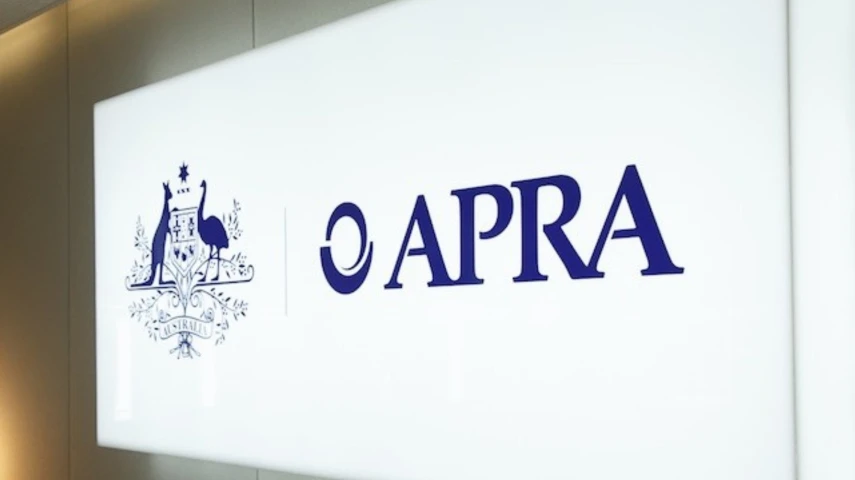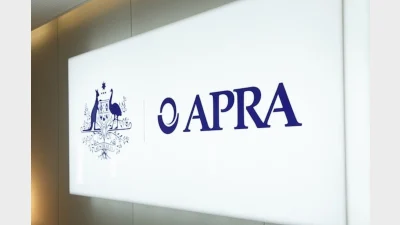APRA cracks down on governance: Major reforms for funds announced



APRA has announced eight proposals aimed at pushing entities, including super funds, to move beyond treating compliance with certain requirements as a mere box-ticking exercise.
In a statement on Thursday, the prudential regulator confirmed a new set of proposals aimed at uplifting governance standards among super funds, banks, and insurers – a move it described as “the first significant update to its governance standards for more than a decade”.
The proposals address current areas of poor practice such as skills and capabilities, fitness and propriety, conflicts management, and director tenure and renewal, among other things.
The idea is to push regulated entities to elevate standards around the fitness and propriety of responsible persons, act to ensure boards have the right mix of skills and experiences, strengthen board independence, and introduce a lifetime tenure limit of 10 years for non-executive directors.
“The boards of Australia’s banks, insurers and superannuation trustees have enormous responsibilities when it comes to protecting the financial interests of households and businesses,” said APRA chair John Lonsdale.
“Well-governed institutions are likely to be more resilient in times of stress, while poor governance can create weakness that leads to misconduct, losses and failures. It is no coincidence that almost 80 per cent of entities subject to heightened risk-based APRA supervision have underlying governance problems.”
Lonsdale said that while overall standards of governance have improved over recent years, APRA still sees areas of weakness, including entities treating compliance with some requirements as a box-ticking exercise.
“By articulating our expectations more clearly and strengthening our capacity to ensure compliance with them, we aim to lift governance standards among entities that are lagging best practices and bring them into line with contemporary expectations,” he said.
APRA said that the changes would be applied proportionately with reduced expectations in some areas for smaller and less complex financial institutions.
“In developing these proposals, we aim to lift higher standards without adding undue cost burden. Most proposals will involve little change for entities with mature governance practices. Clarifying the role of the board should help to ease the workload for directors and enable them to focus on the most important strategic issues,” Lonsdale said.
APRA intends to spend three months consulting on the matter with stakeholders from banks, insurers, and superannuation trustees, before a formal round of consultations in 2026. The eventual publish date for the updated framework is the beginning of 2027.
Recommended for you
An Australian superannuation delegation will visit the UK this month to explore investment opportunities and support local economic growth, job creation, and long-term investment.
An ASIC review has identified superannuation trustees are demonstrating a “lack of urgency” around improving their retirement communication and still taking a one-size-fits-all approach.
Superannuation funds have welcomed the boost that Treasury’s improvement on the Low-Income Superannuation Tax Offset will have for women and younger members.
The proposed changes to the Low-Income Superannuation Tax Offset (LISTO) has been applauded by the superannuation sector.









